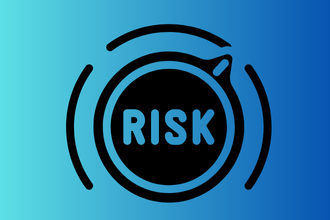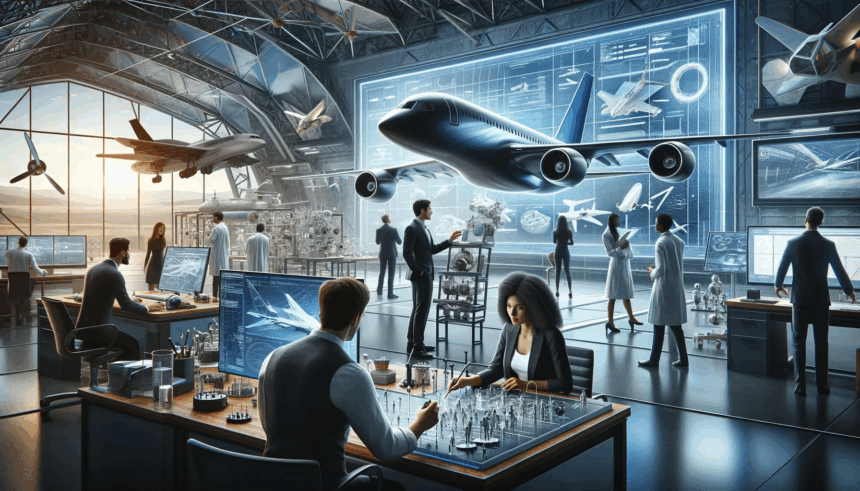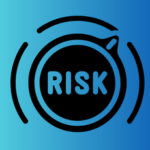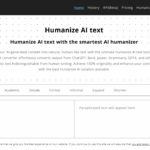In this article, I will discuss the What is Aerospace Science and Technology, an integrated branch of engineering and an applied science, and the advancing of air and space travel innovations.
Its scope involves designing aircraft, spacecraft, and satellites systems, and has an essential aviation, defense, and exploration application, and in addition, it is critical to the development of international transportation and exploration.
Overview
Aerospace science and technology studies the systems and methods associated with flying and navigating through space.
It is a combination of subdivisions of science such as, engineering, mathematics, resources science, and physics, and branches of advanced aviation and space exploration technology.
This field enhances the modes of transportation and also serves the needs of the defense, science communications, and science monitoring of the environment.
Aerospace science and technology is also a Transportation and utility science. Given below is a complete summary of key points of explanation regarding Aerospace Science and Technology.
What is Aerospace Science and Technology
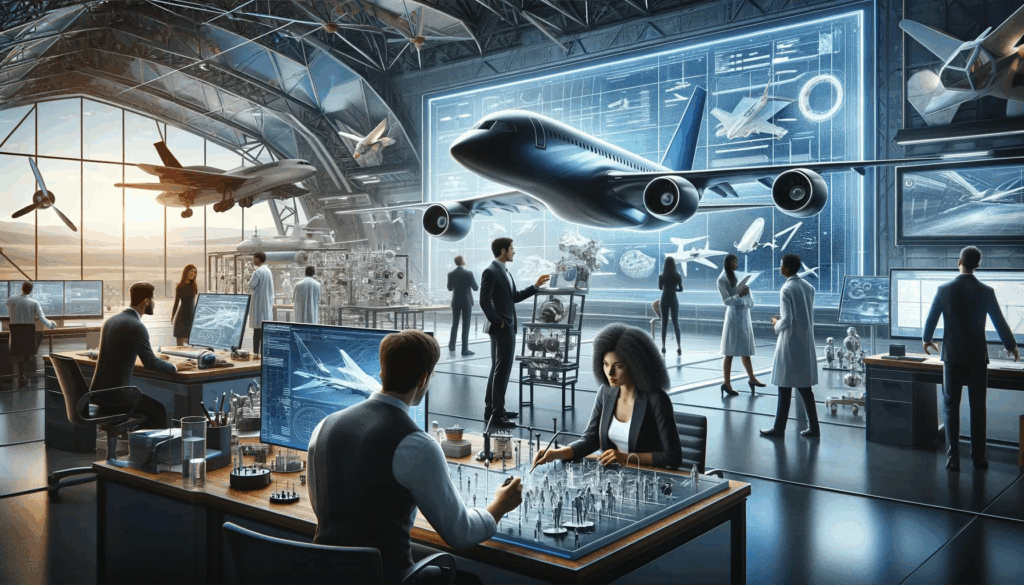
Definition of Aerospace Science and Technology
Aerospace Science and Technology pertains to the study as well as the application of modern devices and systemsof different methods for the creation of air and spacecrafts.
It includes fundamentals of aerodynamics, vehicle and spacecraft propulsion, avionic systems, vehicle structure and systems design, flight robotics, and satellite systems.
It is aimed at making air and space missions safer, faster, and more efficient. Rather than conventional engineering, this field has to deal with high velocity and speed, variation of atmospheric pressure, and other extreme conditions.
Historical Development
- Aerospace Science started from the time when people first tried to fly, advancing greatly with the Wright brothers’ first powered flight in 1903.
- The First & Second World Wars saw rapid technological advancements, bringing in the first Metal frames, Powerful engines, & Radar systems to aircraft.
- The Cold War saw the rise of the US and the USSR’s “Space Race,” with the first-ever satellite, “Sputnik,” launched in 1957 & the US’s Apollo 11 Moon landing in 1969.
- Aerospace Tech today not only serves the fields of defense and exploration, but also the commercial use of space, drones, and satellite systems.
Key Components in Aerospace Systems
Aerodynamics: The assessment of airflow over a body in motion, in this case, a wing which must be kept as small as possible in order to minimize drag, which aids in less fuel consumption.
Propulsion: Technologies which create thrust such as electric propulsion systems, jet engines, and rocket engines.
Lightweight, yet Strong: Carbon composites and titanium alloys further machined to withstand extreme environments.
Avionics: The control and automatic systems of separate navigation, communication, and flight systems.
Control Systems: The combination of balancing, directing, and maintaining the safety of the aircraft to the automated systems, which is a division of the aircraft control systems.
Applications of Aerospace Science and Technology
Aviation: Working on the designs of smarter and swifter airplane models, while ensuring lesser fuel consumption and optimizing the transport of passengers and cargo.
Space Exploration: Exploring the Moon, Mars, and other distant planets based on the use of space stations, satellites, and specialized space vehicles.
Defense: Ensuring surveillance of the country using modern surveillance drones and fighter jets, even automating the attack systems using advanced missile technologies.
Satellite Systems: Satellites participating in the space systems of the aerospace sector help in telecommunications, navigation through GPS, weather prediction, and monitoring the Earth.
Commercial Space Travel: SpaceX and Blue Origin have even begun the groundwork for space tourism and the development of colonies outside Earth.
Recent Innovations in Aerospace Technology
Rockets That Can Be Used Over and Over Again: Elon musk and his team focus and spend a lot of time on the Falcon 9 to make sure that it works well and keeps the prices down and of SpaceX’s other launchers.
Airplanes That Are Electric or Use Hybrid Motors: These inventions focus on minimzing the amount of carbon that is emitted through flying.
Drones That Are Self-Controlled: These are mostly used in farming, sending packages, and video monitoring.
Flights That Go Dante’s Peak Fast: In the future people are trying to make it so planes to other continents will only take a few minutes instead of a few hours.
Artificial Intelligence: This is used to focus on planning a mission, steering the ship, and fixing any broken pieces.
Role of Research and Development
Research and Development (R&D) helps foster progress in Aerospace Science and Technology through innovation, efficiencies, and modern aviation and space exploration problem solving.
As such, Governments and space organizations like NASA, ESA, and ISRO, Private companies like SpaceX and Boeing allocate substantial resources towards R&D to develop and improve sustainable propulsion systems, reusable rockets, advanced avionics, and lighter stronger materials.
Continuous aircraft R&D also enables safer aircraft, cheaper space missions, and advanced satellite R&D which helps in communication, navigation, and environment monitoring.
More importantly, R&D investigates human survival in extreme environments like high altitudes and outer space, focused on life supporting, radiation shielding, and long ranging missions which makes it pivotal in aerospace progress.
Educational and Career Opportunities
The immense field of Aerospace Science and Technology has various career and educational prospects that allow its students and professionals to engage in cutting-edge creativity.
An academic programs of aerospace engineering, astronautics, and avionics teaches students propulsion, aerodynamics, and advanced materials.
Graduates can become aerospace engineers, satellite designers, flight test analysts, and avionics specialists in defense, aviation, and space. There are positions available at ISRO and NASA, SpaceX, and various international airlines.
The promise of space and aviation missions, that are sustainable, opens, up to, aspiring students, a variety of fulfilling professional prospects.
Challenges in Aerospace Science and Technology
Although the aerospace industry continues to grow, there are still many issues that need to be worked on to achieve safe and sustainable growth.
High Development Costs – The design, testing and launching of an aircraft or spacecraft costs a lot of money. Therefore, affordability will always be an issue.
Safety Risks – The protection of human life and an aircraft’s cargo during flight and space missions is a challenge. Therefore, aircrafts and space equipment’s engineering must be reliable.
Environmental Concerns – The emissions produced from aviation and rocket launches, and the increasing need to keep the environment safe, calls for a shift to greener technology.
Regulatory Hurdles – A lot of innovation and implementation is slowed down by the international laws that govern the use of airspace and technology.
Technological Complexity – The implementation of AI and robotics, as well as new propulsion systems, requires a great deal of research and expertise.
Future Outlook
The evolution of Aerospace Science and Technology is highly positive and the changes will shake up both aviation and space travel. The new innovations in aviation that focus on sustainability include planes powered by hydrogen and electricity as they minimize emissions.
In space, the commercially accessible reusable rockets and missions widen the boundaries for space tourism and the colonization of Mars. Other advances in technology including hypersonic travel, robotics and artificial intelligence will make space travel faster, more efficient, and safer.
There is a positive and continuous collaboration between the government and the private sector which already helps in accountability and logistics, and will accelerate breakthroughs in the aerospace industry. This will help in the continued global dependence on aerospace technology for connectivity, defense, and the endless pursuit of space exploration.
Conclusion
Aerospace Science and Technology profoundly impacts world progress, peace, and discovery, extending beyond the study of planes and rockets. The boundaries of human capability have been expanded across the chapters of history, from the very first flights to the most recent space explorations.
Aerospace Science and Technology merges engineering, futuristic innovations, and applied physics to revolutionize transportation, global communication, national security, and scientific research.
The high developmental cost, safety, and environmental impacts of aerospace research and technology are seen as challenges but are countered with an extensive amount of aerospace research.
Aerospace Science and Technology integrates the world and provides mankind with endless prospects to explore the universe, establishing itself as one of the foremost driving forces for global development.
FAQ
What is Aerospace Science and Technology?
Aerospace Science and Technology is the study and application of advanced systems for the design, development, and operation of aircraft and spacecraft, combining aeronautics and astronautics.
What are the main areas of aerospace?
The two main areas are aeronautics (flight within Earth’s atmosphere) and astronautics (spacecraft and exploration beyond the atmosphere).
Why is aerospace technology important?
It plays a crucial role in aviation, defense, satellite communications, space exploration, weather monitoring, and global connectivity.



